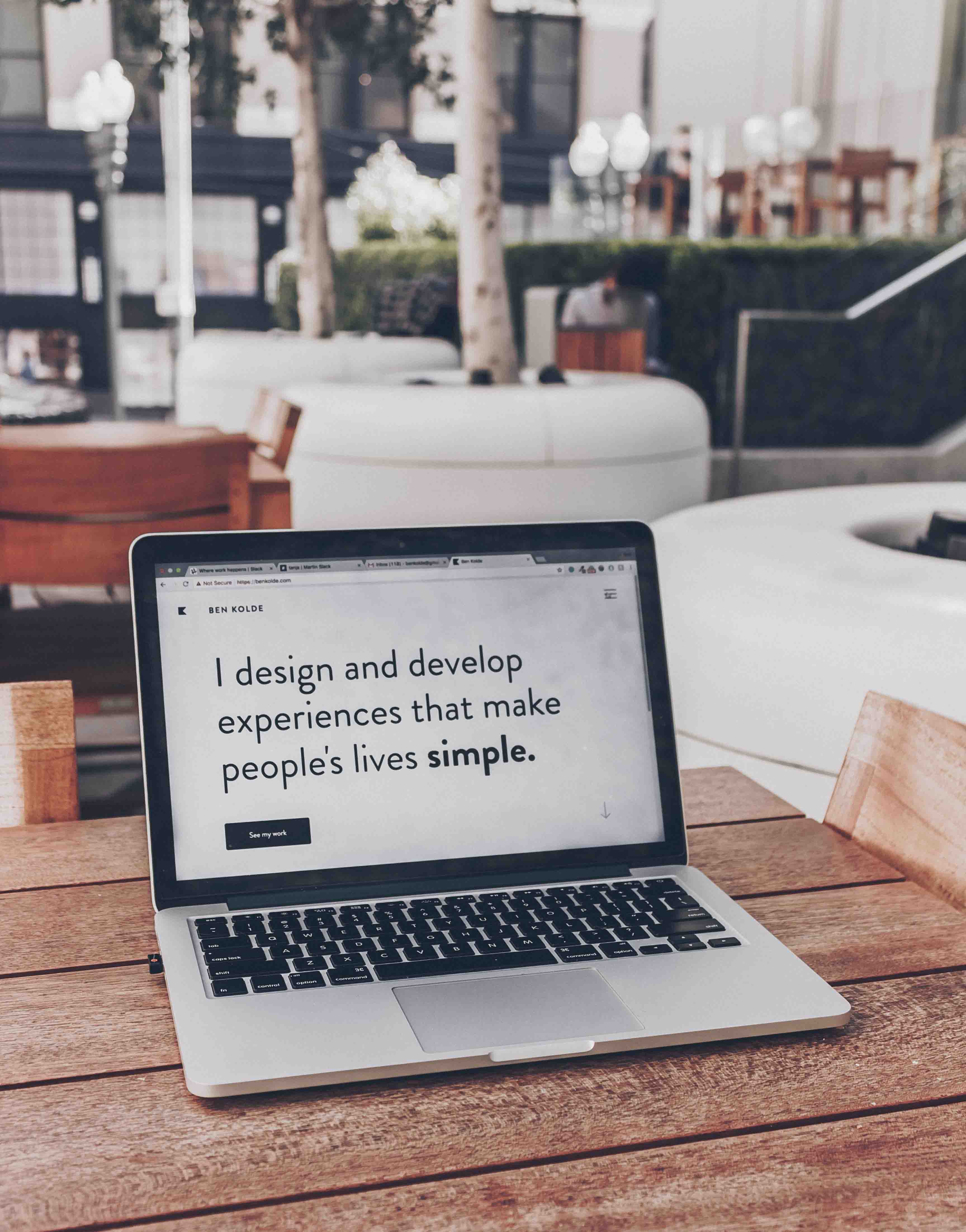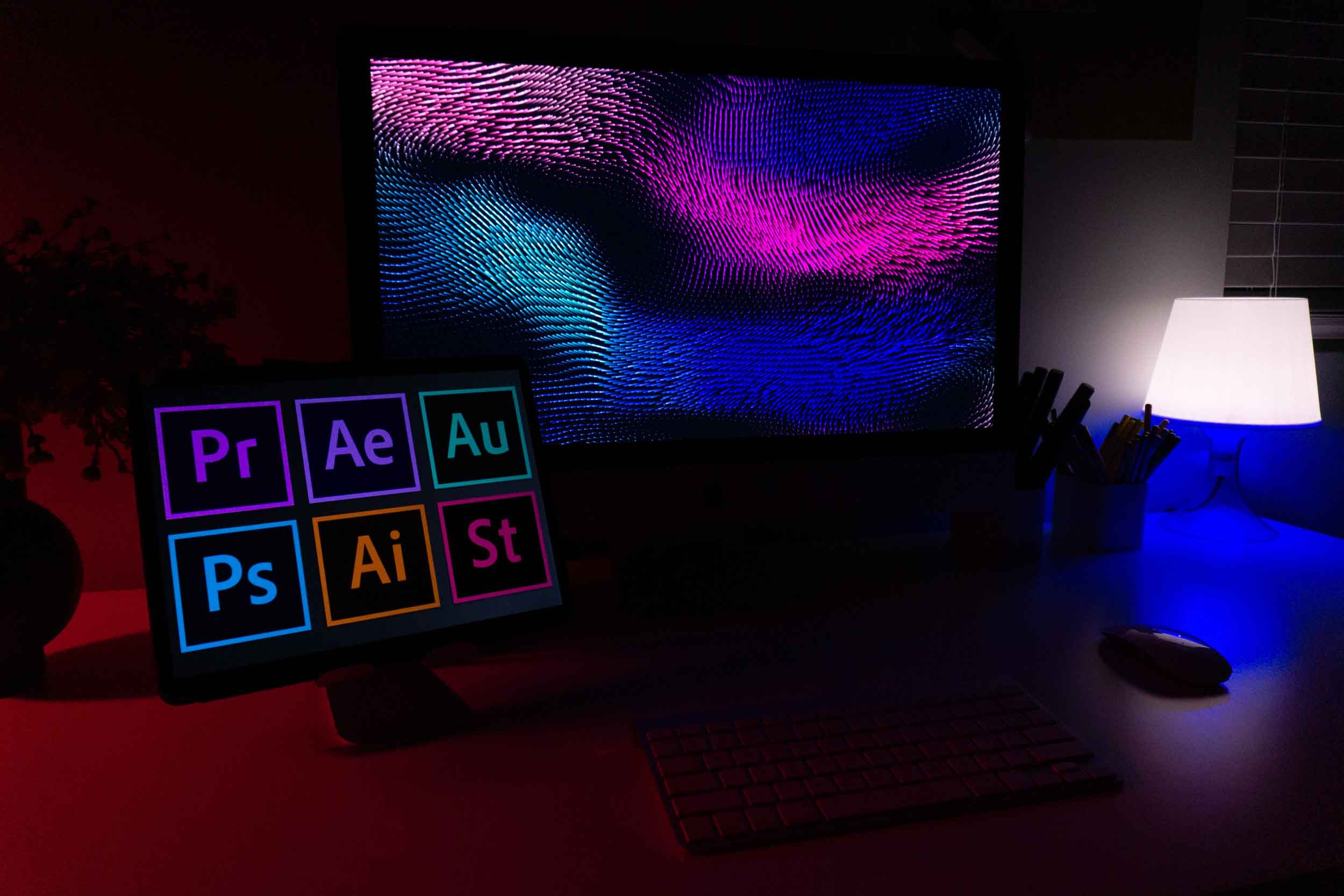
Graphics Design
Graphic design encompasses a wide range of mediums and applications, including print materials, digital platforms, branding and identity, advertising, packaging, web design, user interface design, and more. It is a fundamental element of visual communication, helping businesses and individuals convey their messages and establish a visual identity. Graphic design is a dynamic field that combines creativity, visual problem-solving, and technical skills to create visually compelling and effective designs across various mediums and platforms.
Which area we cover
These are just some of the areas within graphic design, and many designers specialize in specific fields or work across multiple disciplines. The field of graphic design is broad and diverse, providing numerous opportunities for creative expression and problem-solving.
- Motion Graphics and Animation: Motion graphics combines graphic design with animation to create engaging visuals for videos, presentations, websites, and user interfaces. It involves using software like Adobe After Effects to bring static designs to life through movement and visual effects.
- User Interface (UI) Design: UI design involves creating interfaces for software applications, websites, and interactive experiences. It focuses on designing intuitive and visually appealing user interfaces that enhance user interaction and engagement.
- Branding and Identity Design: This area focuses on creating or refreshing a brand's visual identity, including logo design, typography selection, color palette creation, and overall brand guidelines.


How it works
Graphic design is a collaborative and iterative process that involves creativity, research, visual problem-solving, and technical skills. It combines artistic elements with strategic thinking to create visually compelling and effective designs that communicate messages and engage audiences.
Understanding the Project: The first step in graphic design is to understand the project requirements. This involves gathering information about the client's goals, target audience, message, and any specific guidelines or constraints.
Sketching and Wireframing: Designers often start by sketching rough ideas on paper or creating wireframes to outline the layout and structure of the design. This stage focuses on exploring different compositions, arrangement of elements, and overall visual hierarchy.
After the initial sketches and concept development, designers move on to digital tools and software. Popular design software includes Adobe Photoshop, Illustrator, and InDesign, among others. These tools allow designers to refine and create the final design digitally.
Graphic design involves a creative process that combines art, technology, and communication to visually communicate messages and ideas.
Benefits
Graphic design offers several benefits, including effective communication, branding, visual appeal, professionalism, consistency, increased engagement, information visualization, and a memorable user experience. These advantages contribute to building a strong brand, attracting customers, and achieving business goals.
Graphic design offers numerous benefits across various industries and platforms. Here are some key advantages:
- Branding and Identity: Graphic design plays a vital role in establishing a strong brand identity. A professionally designed logo, typography, color schemes, and visual elements create a distinct brand image that helps businesses stand out from competitors. Consistent branding across all marketing materials fosters brand recognition and builds trust among customers.
- Memorable User Experience: Well-designed interfaces, websites, and applications enhance the user experience by making them intuitive, visually pleasing, and easy to navigate. Effective graphic design considers user-centric principles, ensuring that the visual elements contribute to an enjoyable and memorable interaction with a product or service.
